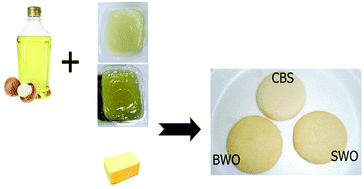The texture, sensory properties and stability of cookies prepared with wax oleogels
Abstract
Shortening is the essential component of high quality baked foods. Its effects on dough structure formation and the desired final product attributes depend mostly on its solid fat content and β′ crystalline polymorphs. Saturated and trans fatty acids present in shortening pose some important negative health considerations. Hence, alternative plastic fats with lower or zero quantity of saturated and trans fatty acids are in high demand. Oleogels are gel networks of liquid edible oils with no trans and very low saturated fatty acids. In this study, sunflower wax (SW) and beeswax (BW) oleogels of hazelnut oil were used in cookie preparation against commercial bakery shortening (CBS) as the control, to compare the textural, sensory and stability properties of the cookies. The basic chemical composition, textural properties, and some physical attributes of the cookies were compared. Sensory texture/flavor profile analysis (T/FPA) and consumer hedonic tests were also accomplished. Furthermore, the changes in cookie texture and stability were monitored during 30 day storage at room temperature. It was found out that in almost all properties, the oleogel cookies resembled CBS cookies. T/FPA results present detailed data for literature. Consumer hedonic scores indicated that oleogel cookies were better than CBS cookies and were also well accepted by consumers. Wax oleogels can be used as cookie shortening successfully.


 Please wait while we load your content...
Please wait while we load your content...